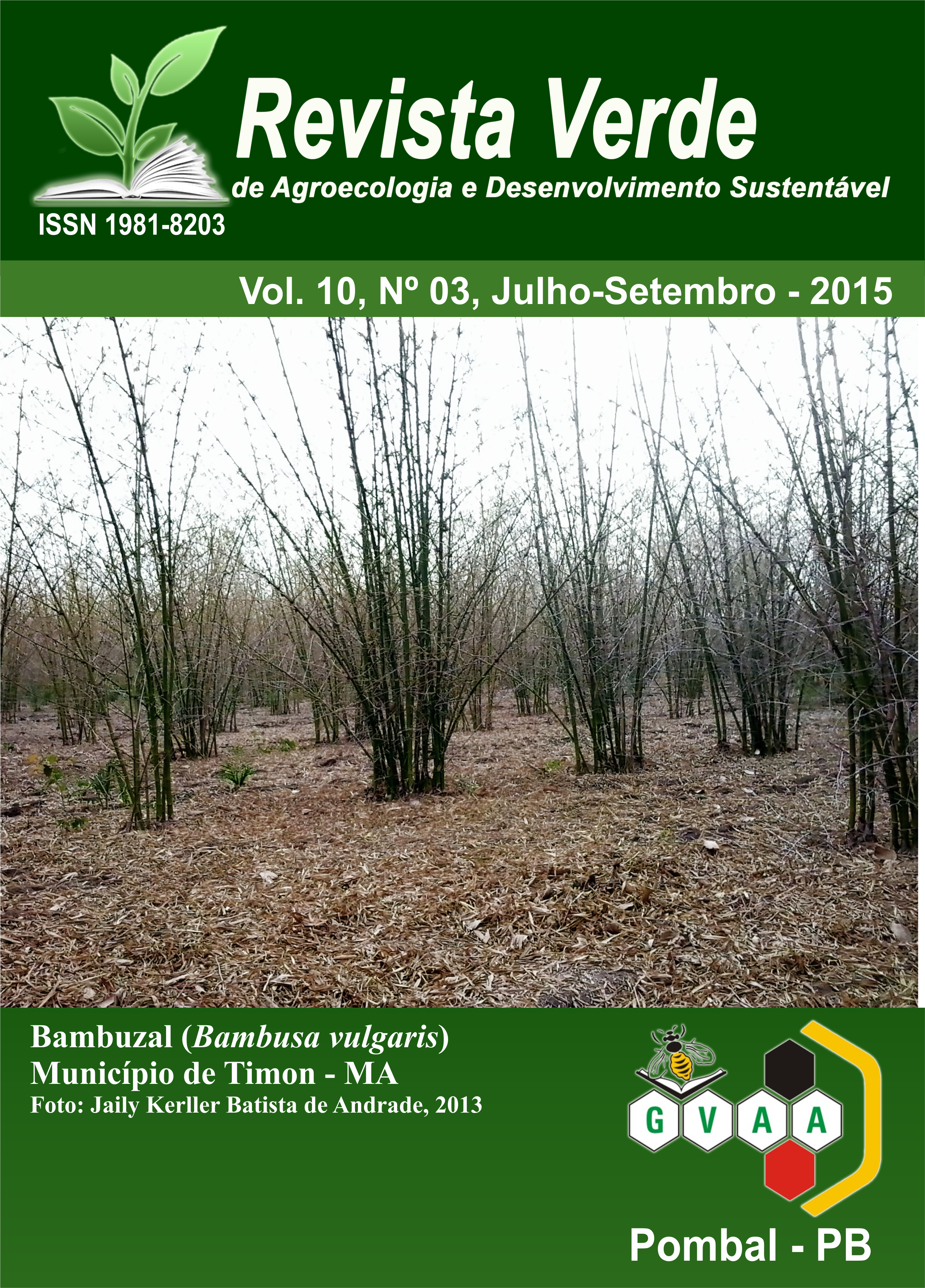Alterações físico-químicas de geleias de melão e acerola durante o armazenamento
DOI:
https://doi.org/10.18378/rvads.v10i3.3495Palabras clave:
ácido ascórbico, Cucumis melo, geléia mista, Malpighia emarginata, sólidos solúveisResumen
O processamento de polpa e a fabricação de geleias são produtos de interesse para a região nordeste do Brasil. A baixa precipitação e os altos índices de luminosidade anuais, associado ao desenvolvimento da irrigação localizada na região, atraíram grandes empresas nacionais e internacionais para a produção de variados tipos de frutos, incluindo a acerola e o melão. O objetivo do presente trabalho foi avaliar as características físico-químicas de geleia simples e mista (50% de melão e 50% de acerola) de melão e acerola, por ocasião do preparo e após o armazenamento por 30 dias. Utilizou-se o delineamento inteiramente casualizado. O tempo de armazenamento aumentou o teor de sólidos solúveis (SS) e o pH, mas reduziu a acidez titulável e o teor de ácido ascórbico das geleias. A geleia de melão apresentou o maior teor de SS após o armazenamento. E a geleia de acerola obteve valores superiores de pH, acidez titulável e vitamina C, nas duas épocas de análise. Já a geleia mista apresentou pH igual à geleia de melão, mas quanto às demais características situou-se entre às geleias simples.
Physical and chemical characteristics of acerola and melon jellies during storage
Abstract: The pulp processing and the manufacture of jellies are products of interest to the northeastern region of Brazil. The low rainfall and high rates of annual luminosity associated with the development of drip irrigation in the region, attracted large national and international companies for the production of various kinds of fruits, including acerola and melon. The objective of this study was to evaluate the physico-chemical characteristics of single and mixed jelly (50% of melon and 50% acerola) of melon and acerola, on the occasion of preparation and after storage for 30 days. We used a completely randomized design. The storage time increased the soluble solids (SS) and pH, but reduced titratable acidity and ascorbic acid content from jelly. The melon jelly had the highest SS content after storage. And acerola jelly obtained higher values of pH, titratable acidity and vitamin C, in two periods of analysis. However the mixed jelly showed pH seems to jelly melon, but to the other features it was between the simple jelly.















